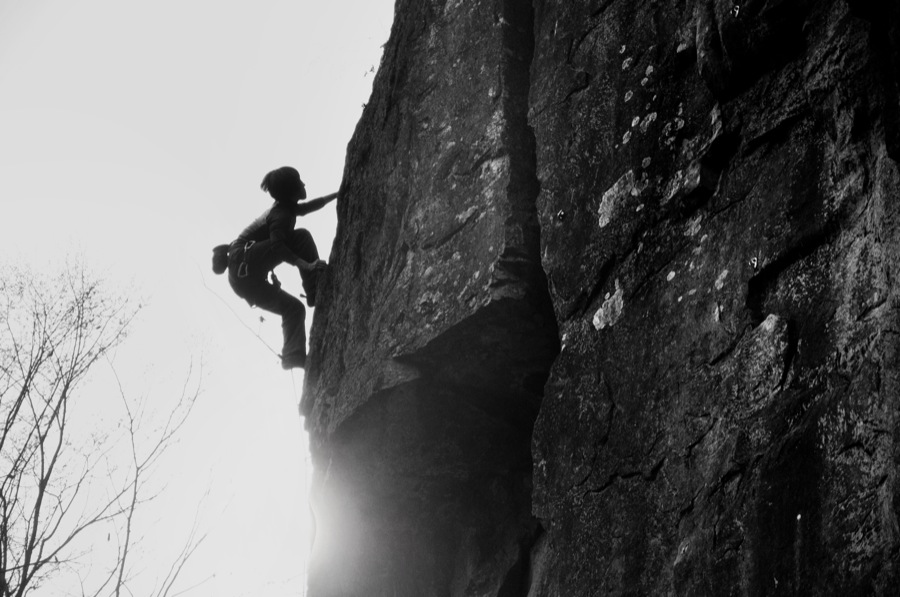On the last weekend of March, we took a train south out of Seoul. My traveling companion and I had packs full of camping gear, clothes, and food. The train was slightly more chatty than usual — people here usually travel almost silently out of respect for their fellow travelers — but it was early enough that few people expected to sleep.
In the northern part of the country, the landscape hadn’t yet shaken off winter. Leafless trees. Barren fields. Everything gray. But after about 2 hours, as we crossed into the Jeolla region, the country showed signs of life. Rice sprouted in the patties, and white flowers bloomed on fruit trees.
